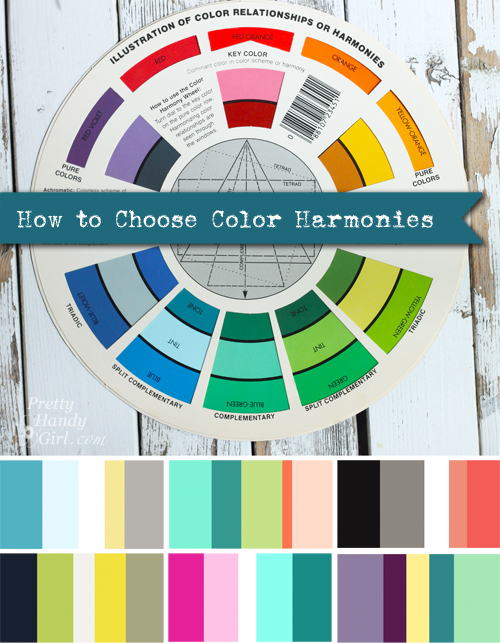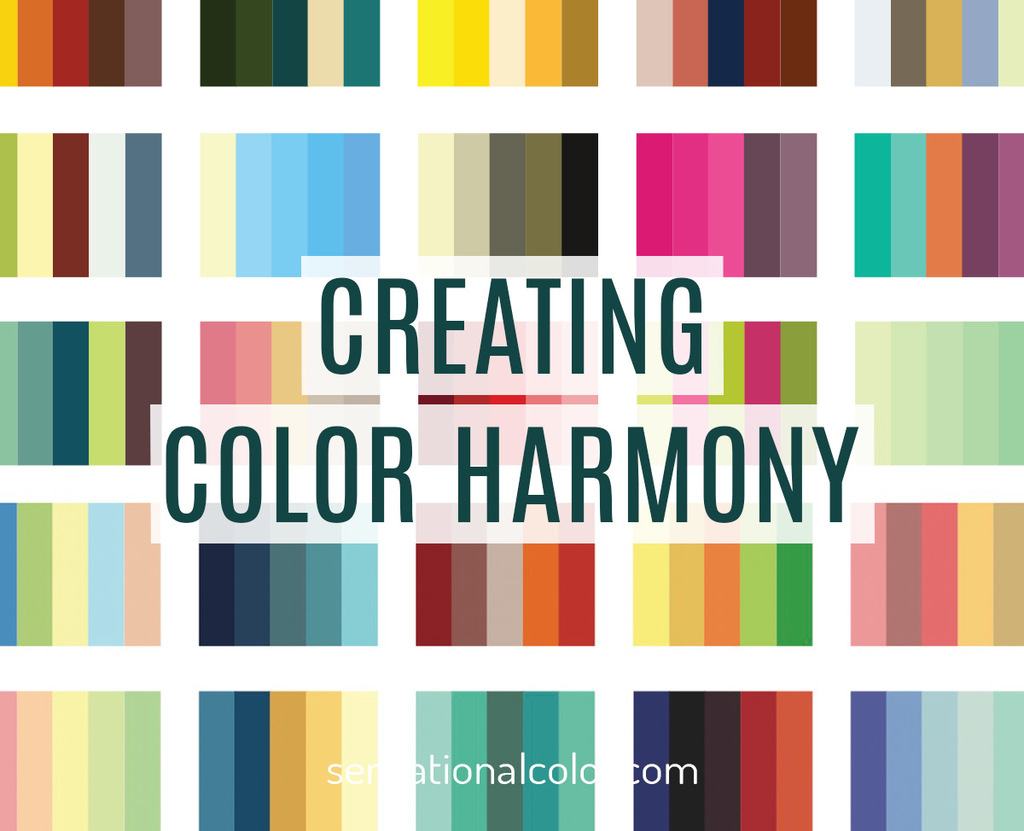Step into the world of color psychology and learn how to create a harmonious porch that welcomes you and your guests with open arms. Discover the power of different hues and how they can impact your emotions and mood. From calming blues to energizing yellows, find out how to use color to create a space that is not only visually appealing but also promotes relaxation and positive vibes. Get ready to transform your porch into a soothing oasis that radiates warmth and friendliness to all who visit.
Choosing the Right Colors
When it comes to creating a harmonious porch, choosing the right colors is essential. The colors you select can set the tone and mood for your outdoor space, making it a welcoming and visually appealing area for relaxation or entertainment. To make the best decisions, it’s important to consider color psychology, the porch’s purpose, harmonizing with the surroundings, exploring color schemes, and creating a color mood.

This image is property of www.patioproductions.com.
Understanding Color Psychology
Color psychology is the study of how colors can impact our emotions and behavior. Different colors evoke different feelings and can influence our mood. For example, warm colors like red, orange, and yellow tend to be associated with energy and excitement, while cool colors like blue and green are often seen as calming and soothing. By understanding color psychology, you can intentionally choose colors that create the desired atmosphere on your porch.
Considering the Porch’s Purpose
Before deciding on a color scheme, it’s important to consider the purpose of your porch. Is it primarily a space for relaxation and solitude, or is it more focused on entertaining guests? Understanding the porch’s function will help guide your color choices. For a relaxed and calming atmosphere, you might opt for soft blues or greens. On the other hand, if your porch is meant for social gatherings, vibrant and energetic colors like red or orange might be more suitable.

This image is property of prettyhandygirl.com.
Harmonizing with the Surroundings
To create a harmonious porch, it’s important to consider the surrounding environment. Start by assessing the exterior house colors and take them into account when choosing your porch colors. You want your porch to blend seamlessly with the overall aesthetic of your home. Additionally, take note of the landscape and natural elements around your porch. Complementing these features with your color choices will help create a cohesive and visually pleasing outdoor space.
Exploring Color Schemes
Color schemes are an effective way to create a unified and visually appealing porch. There are several different color schemes to choose from, each offering a distinct look and feel.
-
Monochromatic Color Scheme: This scheme involves using different shades and tints of a single color. It creates a subtle and harmonious look, perfect for a minimalist or soothing porch.
-
Analogous Color Scheme: Analogous colors are those that are adjacent to each other on the color wheel. This scheme creates a cohesive and harmonious effect. For example, using shades of blue and green together can create a serene and natural atmosphere.
-
Complementary Color Scheme: Complementary colors are opposite each other on the color wheel, creating a high-contrast and visually dynamic effect. This scheme works well for creating a bold and energetic porch. For example, pairing a deep red with a vibrant green can create a striking combination.
-
Split-Complementary Color Scheme: This scheme is similar to the complementary scheme, but instead of using one complementary pair, it uses two adjacent colors to the complement. It offers a balanced and visually interesting look.
-
Triadic Color Scheme: Triadic colors are evenly spaced around the color wheel, creating a vibrant and balanced effect. This scheme allows for a range of contrasting colors, while still maintaining harmony.
-
Tetradic Color Scheme: This scheme uses four colors that are evenly spaced on the color wheel. It offers a variety of color options and allows for more creativity and flexibility in your porch design.

This image is property of www.sensationalcolor.com.
Creating a Color Mood
The color mood of your porch can greatly impact the overall ambiance and feeling of the space. Depending on your preferences and desired atmosphere, you can choose colors that evoke specific moods.
-
Energetic and Bold Colors: If you want to create a lively and energetic porch, consider using bold and vibrant colors like red or orange. These colors can create a sense of excitement and energy.
-
Relaxing and Serene Colors: Soft blues, greens, and lavenders can create a tranquil and serene atmosphere in your porch. These colors are often associated with relaxation and calmness.
-
Inviting and Welcoming Colors: Warm and inviting colors like yellow and orange can make your porch feel welcoming and inviting to guests. These colors can create a sense of warmth and hospitality.
-
Sophisticated and Elegant Colors: If you prefer a more sophisticated and elegant porch, consider using neutral colors like gray or taupe. These colors can create a timeless and refined aesthetic.
-
Playful and Fun Colors: For a porch that exudes fun and playfulness, consider using bright and cheerful colors like pink or turquoise. These colors can create a vibrant and lively atmosphere.
-
Calm and Tranquil Colors: Soft pastel colors like pale pink or mint green can create a sense of calmness and tranquility in your porch. These colors are perfect for a space focused on relaxation and rejuvenation.
By considering the purpose of your porch, harmonizing with the surroundings, exploring different color schemes, and creating a color mood, you can ensure that the colors you choose for your porch will create a harmonious and inviting outdoor space. Remember to keep in mind the impact of color on different porch elements such as the front door, exterior walls, ceiling, flooring, trim, and accents.
The Impact of Color on Porch Elements
When it comes to selecting colors for your porch, it’s important to consider how each element contributes to the overall aesthetic. Here, we will explore the impact of color on different porch elements.
Front Door
The front door is the entrance to your home and plays a crucial role in setting the tone for your porch. Choosing the right color for your front door can make a bold statement or blend seamlessly with the surrounding colors. Consider a standalone statement color that contrasts with the rest of the porch, creating a focal point for the entrance. Alternatively, choose a color that harmonizes with the overall color scheme, creating a cohesive look.
Exterior Walls
The color of your porch’s exterior walls can greatly impact its overall appearance. To choose the right color, consider the architectural style of your home and the surrounding landscape. Complementing the architectural style will create a cohesive and visually appealing look. Additionally, take into account the trim colors to ensure they harmonize with the wall color. Use light and shadow to your advantage by playing with different shades and hues to create depth and dimension.
Ceiling
The porch ceiling is often overlooked, but it can make a significant impact on the overall aesthetic of your outdoor space. Consider painting the porch ceiling a light and calming color like pale blue or soft gray. This can create a sense of height and openness, making your porch feel more inviting and spacious. A painted ceiling can also add a touch of elegance and sophistication to your outdoor area.
Flooring
The color of your porch’s flooring can greatly impact the overall atmosphere and style. Consider coordinating the flooring color with the surrounding elements, such as the exterior walls or landscape. Balancing contrasting colors can create visual interest and define different areas of the porch. Additionally, choose a flooring color that enhances the architectural details of your porch, such as the material or pattern.
Trim and Accents
The trim and accents on your porch, such as railings, columns, and decorative elements, provide an opportunity to add pops of color and personality to your outdoor space. Consider using contrasting trim colors to highlight architectural details and create visual interest. Ensure that the trim color complements the overall color scheme and harmonizes with the surrounding elements. Accents like outdoor furniture, planters, and accessories can also contribute to the overall color scheme and should be chosen with care.
In conclusion, choosing the right colors for your porch is an important decision that can greatly impact the overall aesthetic and mood of your outdoor space. By understanding color psychology, considering the porch’s purpose, harmonizing with the surroundings, exploring different color schemes, and creating a color mood, you can create a harmonious and inviting porch that reflects your personal style and enhances the beauty of your home. Remember to take into account the impact of color on different porch elements, such as the front door, exterior walls, ceiling, flooring, trim, and accents. With careful consideration, you can create a porch that is not only visually appealing but also a space that brings you joy and relaxation.

This image is property of palmcasual.com.
